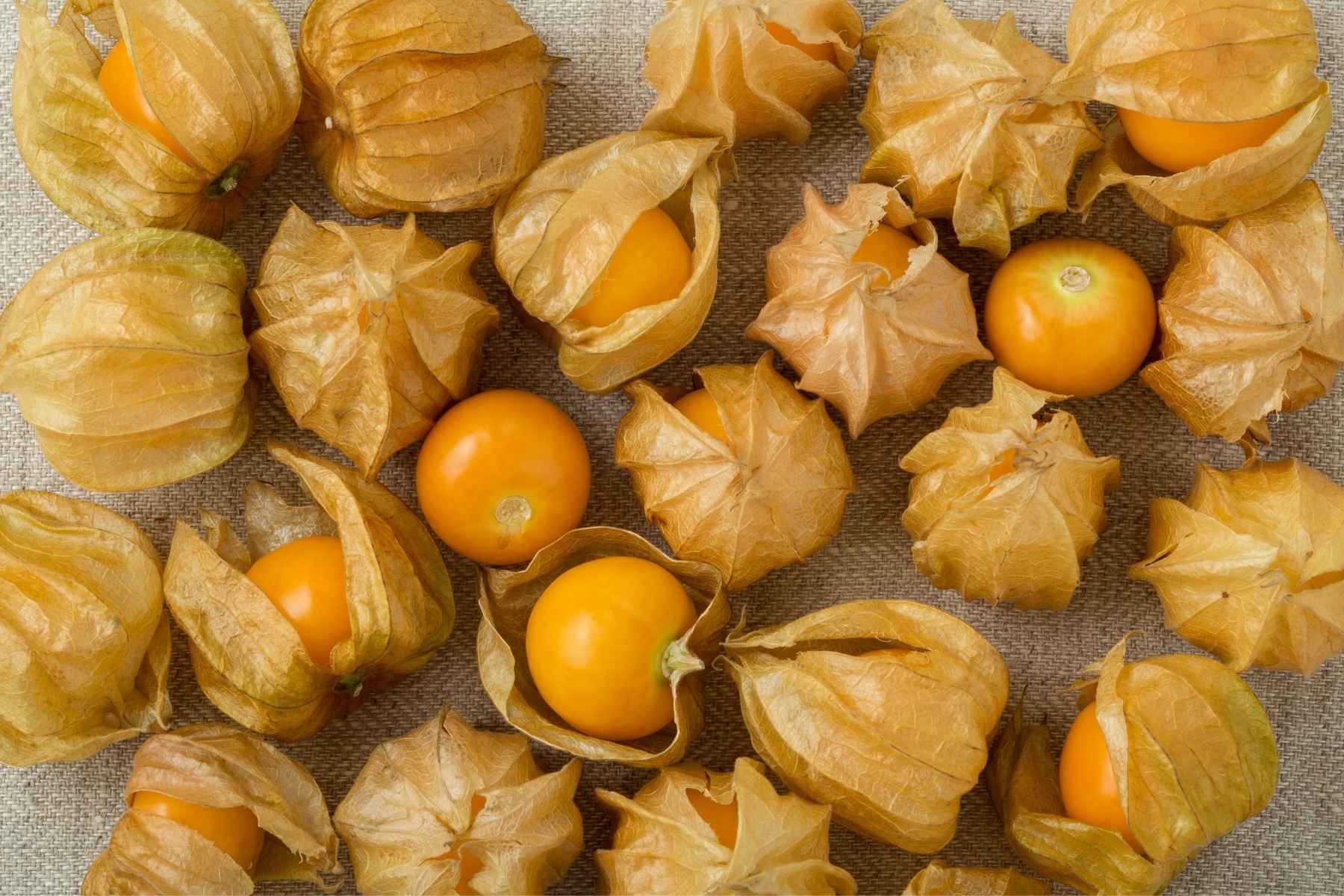Can Dogs Eat Golden Berries?

Yes, dogs can eat golden berries, and they are good for them! Golden berries are high in vitamin K, which is great for cognitive function in senior dogs. As an extra bonus, golden berries make dogs feel better (or at least more energetic).
Golden Berries contain carotenoids which are antioxidants and may help lower harmful cholesterol levels. They are a good source of vitamin C, Vitamin A, Vitamin E, iron, thiamin, niacin, and riboflavin.
So, including a few in your dog’s diet each day is fine and may even provide some health benefits. So if you’re looking for a healthy snack to give your pup, go ahead and reach for a few golden berries!
How many golden berries can dogs eat safely?
Dogs can eat golden berries safely, but unrip golden berries contain solanine, a toxic substance to dogs but only harmful if consumed in large quantities.
Also, while golden berries are a healthy snack for dogs, there are some potential side effects.
For one, too much of the fruit can cause diarrhea in your pet. So while these delicious fruits make a great addition to your dog’s diet, moderation is key!
What is the best way to feed dogs golden berries?
The best way to feed your dog golden berries is by washing them and treating them as a training treat.
Golden berries are low in calories for dogs, making them a feel-good treat. Dogs love golden berries and are best fed with a variety of toys.
How can I tell if my dog is allergic to golden berries?
Some dogs might be allergic to golden berries, but it’s rare. If your dog has an allergy or sensitivity, you will see symptoms like vomiting and diarrhea after eating the fruit.
Fortunately, if your dog is allergic to golden berries, he’ll make a full recovery once they’re removed from his diet and out of his system.
So if you think there’s a chance that your furry friend is sensitive to these fruits, it’s best to err on the side of caution and take him off them altogether.
What is the other name for golden berries?
Golden berries are also commonly known as Physalis or Physalis peruviana.
But golden berries go by many names, including Inca berry, Cape gooseberry, aguaymanto, poha berry, husk cherry, pichu berry, topotopo, and Peruvian groundcherry.
Do you need to wash golden berries?
The berries have a temporary waxy coating just after they are removed from their husks.
Washing removes much of the sticky coating. If you decide to wash them, be careful not to damage the fruit.
Why are golden berries slimy?
Golden berries are slimy and sticky because they have a high sugar content. The sugars in the fruit protect it as it grows, and this contributes to an oily skin texture.
Linoleic acid and seed oil also enhance the sticky, slimy surface of golden berries.
Do you refrigerate golden berries?
Yes, you should refrigerate golden berries. They are perishable but have a better shelf-life than most fresh bush berries.






